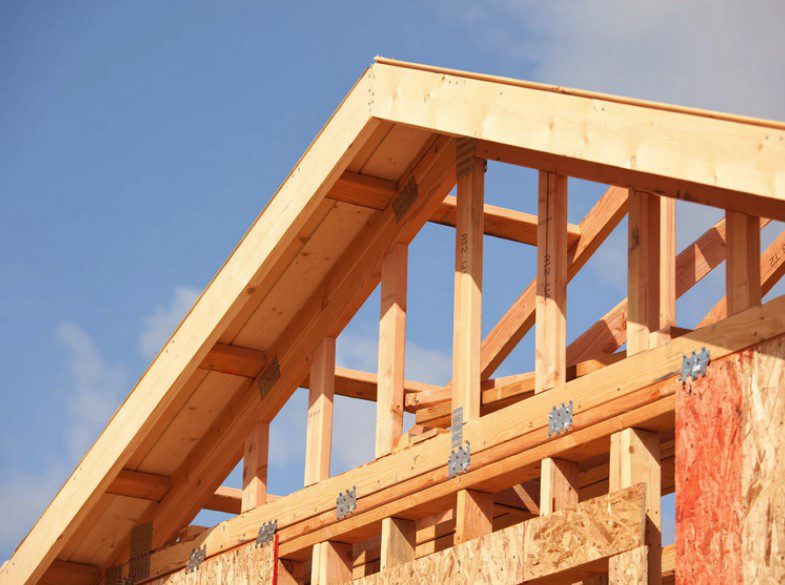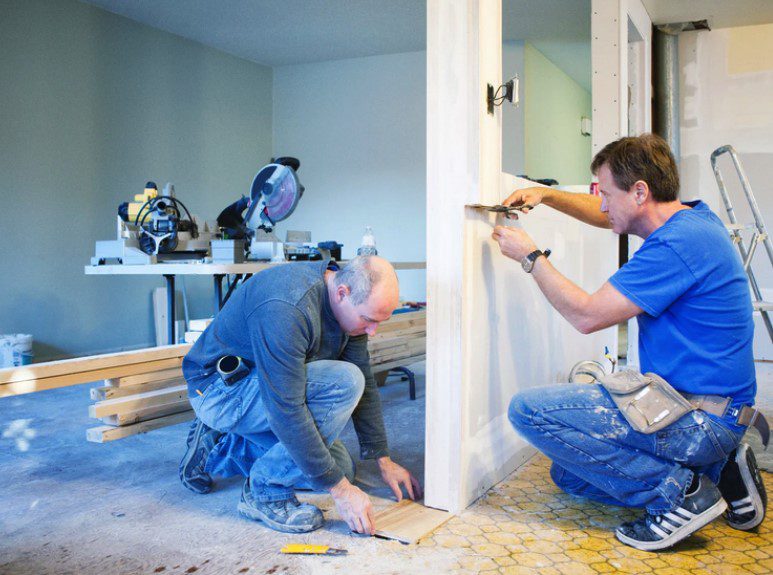Building a new home is an exciting journey filled with possibilities and decisions. Whether you’re a first-time homeowner or building your forever home, approaching the process with a clear plan will make the experience smoother, more efficient, and cost-effective. This detailed checklist and guideline provide a practical approach for navigating new home construction across North America.

1. Pre-Construction Planning
Before breaking ground, it’s vital to lay a strong foundation for your project — metaphorically speaking.
Set a Realistic Budget
Establish a budget that includes more than just construction costs. Don’t forget:
- Land purchase
- Permits and municipal fees
- Utility hook-ups
- Landscaping
- Appliances and furnishings
- Contingency (typically 10–15% of the total budget)
According to the National Association of Home Builders (NAHB), in 2024, the average cost to build a home in the U.S. was around $150–$200 per square foot, though this varies based on location and materials.
Secure Your Land and Title
Choose a location with zoning that fits your goals (residential, rural, urban, etc.) and ensure it has good drainage, access to utilities, and no hidden environmental or legal constraints. Always conduct a land title search and obtain a land survey.
Design and Architect Selection
Hire a qualified architect or a reputable builder with in-house design teams. Prioritize layout functionality and energy efficiency. Think long-term: how your family will use the space now and in 10 years. Make sure the design complies with local building codes and HOA regulations if applicable.
Hire Trusted Professionals
Build a team that includes:
- General contractor or builder
- Architect or designer
- Structural engineer (if needed)
- Home inspector (to oversee stages)
- Permitting consultant (optional, but helpful for complex builds)
Also consider pre-selecting trades for plumbing, electrical, and HVAC services to streamline the bidding and scheduling process later.

2. Permits, Financing, and Insurance
Building a home legally and securely requires dealing with red tape and protecting your investment.
Building Permits and Inspections
Every jurisdiction has unique permit requirements. These may include:
- Building and zoning permits
- Environmental and septic approvals
- Energy efficiency certificates (such as ENERGY STAR or LEED)
Plan for multiple inspections: foundation, framing, plumbing, electrical, and final occupancy.
Construction Financing
Unless you’re paying cash, you’ll likely need a construction loan. These typically cover:
- Land cost
- Construction draws (paid in phases)
- Interest-only payments during the build
- Conversion to a mortgage upon completion
Lenders often require detailed building plans, timelines, and contractor estimates before approval.
Builder’s Risk Insurance
This protects your home while it’s under construction. It typically covers:
- Fire and weather damage
- Theft or vandalism
- Liability coverage for injuries on-site
General contractors may carry their own, but always verify coverage before work begins.
3. Building Process and Quality Control
Once permits and financing are in place, the actual construction begins. This stage can span 6 to 18 months, depending on the size, complexity, and climate of your build site.
Key Construction Phases
- Site prep and foundation: Land clearing, grading, excavation, and pouring the foundation.
- Framing: Erecting walls, roof trusses, and installing windows and exterior doors.
- Rough-ins: Electrical, plumbing, and HVAC systems are installed.
- Insulation and drywall: Prepares the home for finishing.
- Interior and exterior finishes: Siding, painting, cabinets, flooring, lighting, and fixtures.
- Final walkthrough: Punch-list creation and corrections before move-in.
Inspections and Oversight
Even if your city provides inspections, hiring a third-party home inspector at key stages can catch issues early. Check for:
- Proper vapor barriers
- Correct electrical amperage
- Consistent insulation coverage
- Sealed ductwork
Document everything. Use a construction diary or app to track delays, decisions, and approvals.

4. Post-Construction & Move-In Essentials
Your home is nearly complete, but the final stages are just as important to ensure a safe and comfortable transition.
Certificate of Occupancy (CO)
This document confirms that the home meets building codes and is safe for living. It is required before you can legally move in or obtain homeowners insurance and a mortgage.
Final Walkthrough & Punch List
Walk through the home with your builder. Check for:
- Incomplete or defective finishes
- Functionality of appliances and fixtures
- Paint touch-ups
- Cracks or settling
Take your time and don’t rush. Reputable builders will allow time to correct deficiencies before final handoff.
Home Warranty and Manuals
Most builders offer a warranty covering:
- 1 year on materials and workmanship
- 2 years on systems (electrical, plumbing, HVAC)
- 10 years on structural defects
Ensure you receive:
- User manuals for all appliances and systems
- A maintenance schedule for seasonal tasks
- Emergency contact info for post-move support
Landscaping and Exterior
While not always included in your contract, outdoor elements like sod, driveways, decks, and fences are important for curb appeal and usability. Consider grading to divert water away from the foundation and planting native, low-maintenance vegetation.
Additional Tips for Success
Communicate Clearly and Regularly
Regular check-ins with your builder, ideally weekly, reduce misunderstandings and allow early corrections. Use a shared calendar and central hub (like Buildertrend or CoConstruct) to track progress and documents.
Avoid Decision Fatigue
You’ll make dozens of choices — paint colours, fixtures, door styles, and more. To prevent overwhelm:
- Create a vision board early
- Set decision deadlines
- Limit your options to 2–3 vetted choices per category
Think Ahead
- Smart tech: Pre-wire for Wi-Fi, cameras, thermostats, and EV chargers.
- Resale: Even if it’s your dream home, think about resale value. Neutral finishes and extra storage go a long way.
- Energy efficiency: Invest in windows, insulation, and efficient HVAC to reduce lifetime costs.
Conclusion
Building a new home can be incredibly rewarding, but it demands planning, patience, and persistence. By following this detailed checklist, you’ll set yourself up for a smoother experience and a final result you’ll love for years to come. Whether you’re building in a snowy Canadian suburb or a sunny Southern U.S. town, the principles remain the same: prioritize quality, stay involved, and work with professionals you trust.

